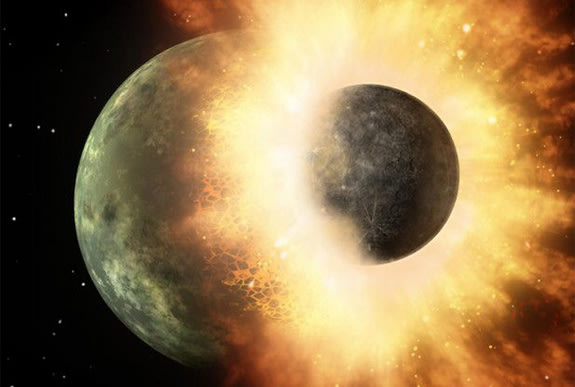By Ryan Whitwam Sep. 26, 2013 9:30 am
Modern physics has taught us quite a lot about light and how it behaves, but some of what we thought we knew might not be entirely accurate. A team of scientists from MIT and Harvard have been herding photons through a cloud of super-cold atoms in an attempt to get them to do something that was once considered impossible — bind together. According to a new paper, they may have succeeded in creating a new form of matter entirely from photons, which is basically a lightsaber.
Conventional wisdom holds that photons are massless particles that don’t interact with each other, so how can they form molecules? The key was to create a special medium in which photons can interact strongly enough that they attract one another as if they have mass. This so-called “photonic matter” has been theorized for some time in scientific circles, but only in the abstract.
The team used a vacuum chamber filled with rubidium atoms to facilitate the formation of photonic matter. The cloud of gas was cooled to within a few degrees of absolute zero using (fittingly)lasers. Short laser pulses were then used to send individual photons into the cloud where the chilled gas sapped energy away from them, causing the photons to slow down considerably by the time they exited the cloud. If more than one photon was sent in at the same time, the researchers found the particles would lose so much energy that they emerged together as a single molecule.
The Harvard and MIT scientists believe this newly observed interaction between photons could be of great importance in the field of quantum computing. Photons have been studied as a medium for doing quantum calculations, but one of the principal challenges has always been that they don’t interact with each other. Well, now there might be a way to make that happen in the context of a quantum computer. The process still needs to be refined, but it’s an exciting proof-of-concept.
A few photons sticking together is a long way from a lightsaber, but we can still dream, can’t we?







